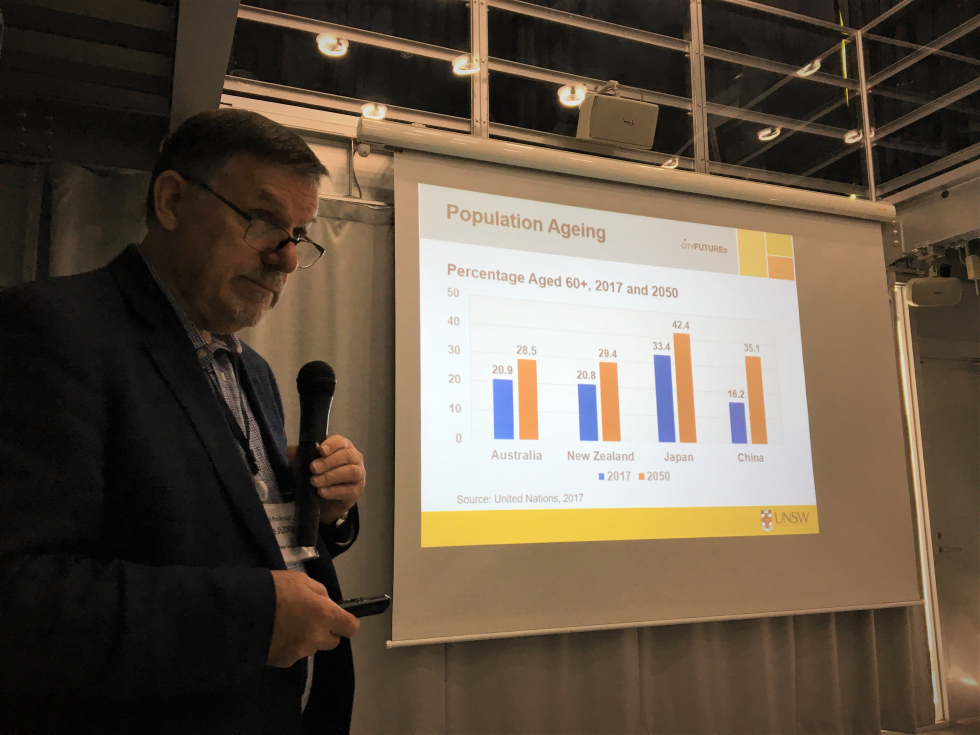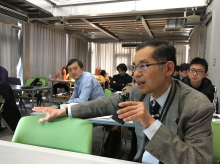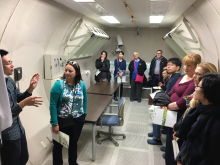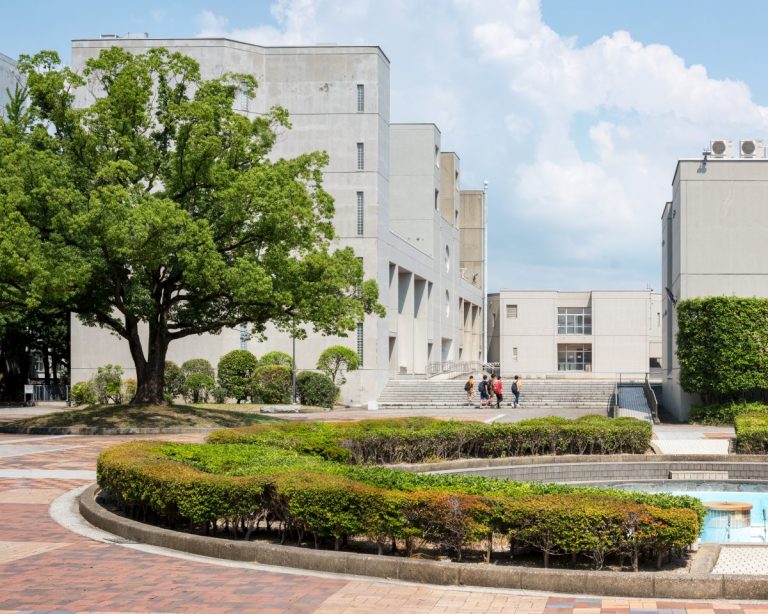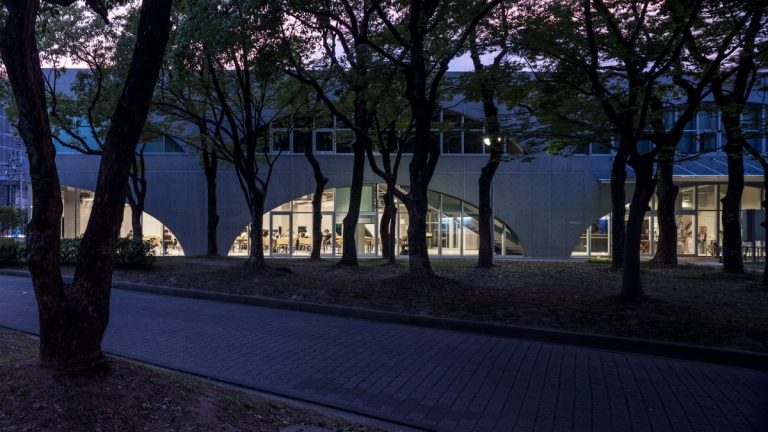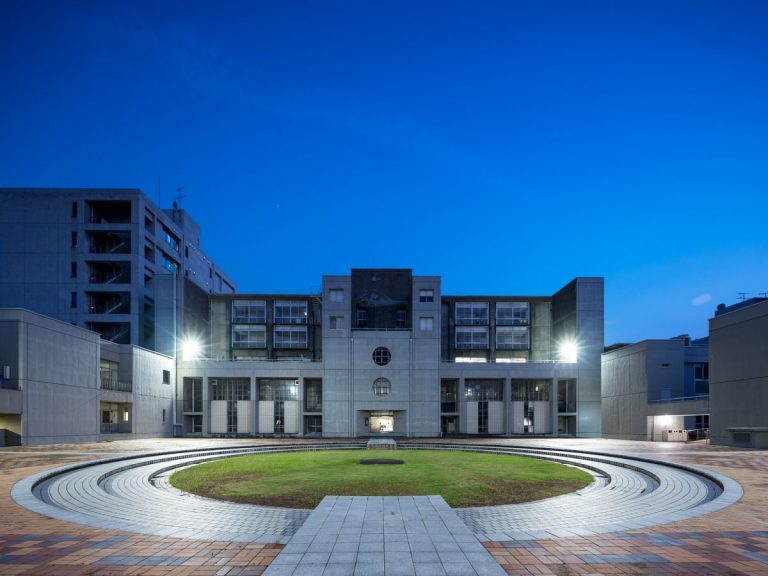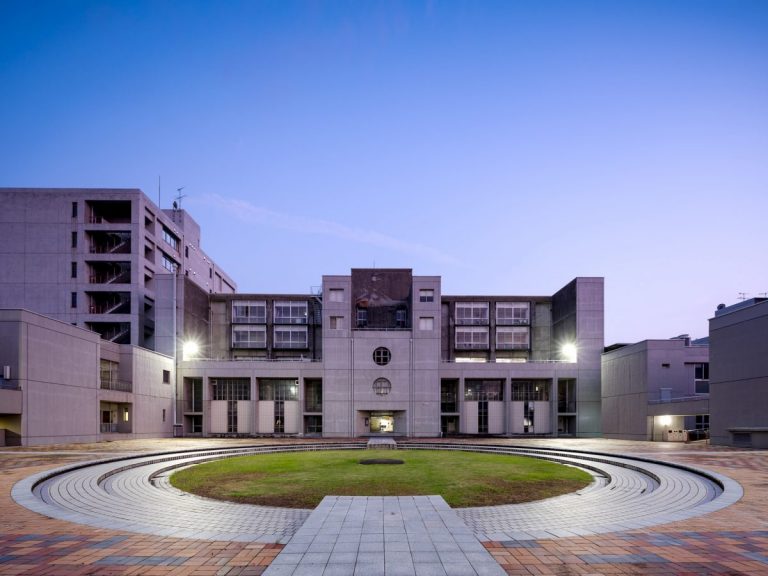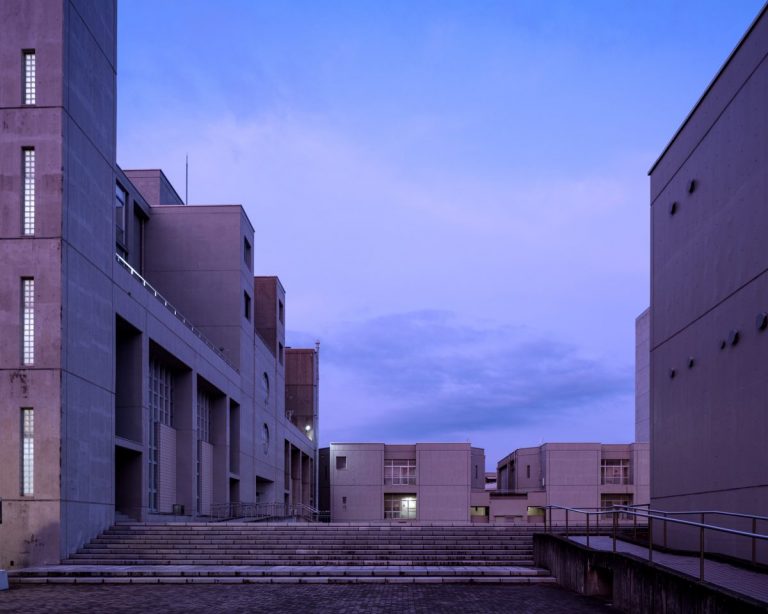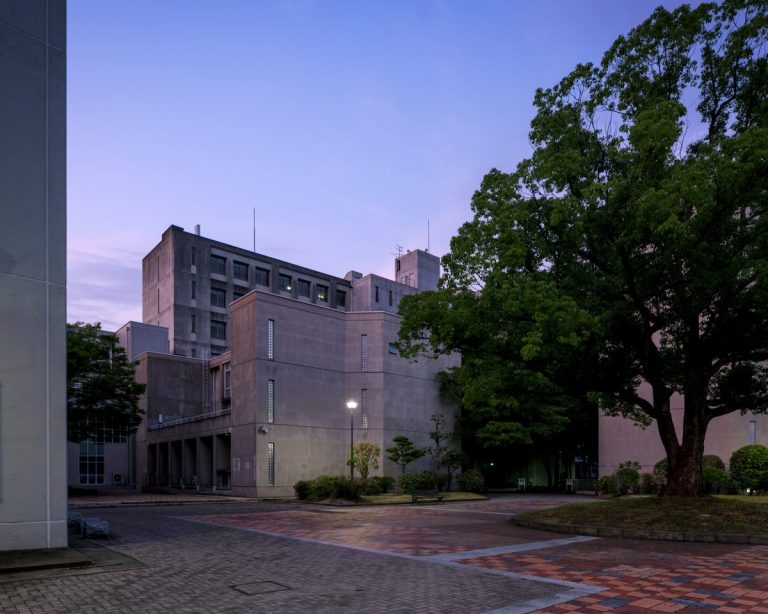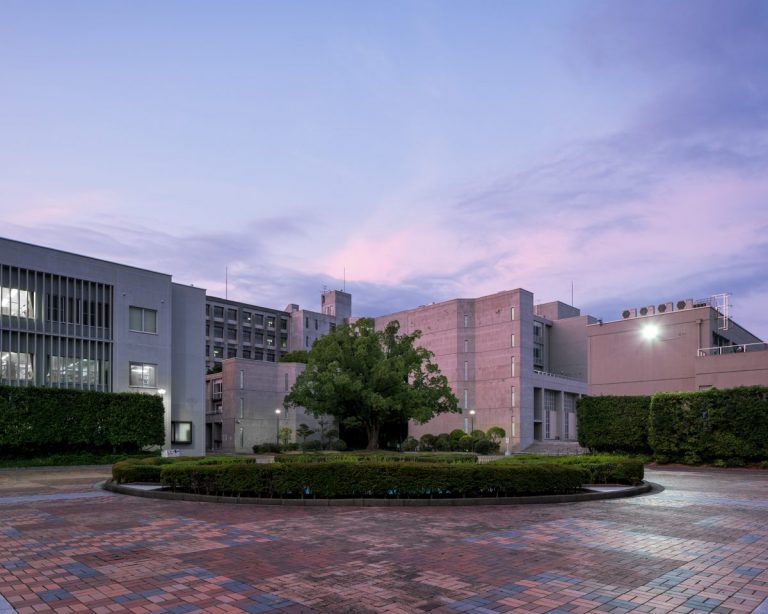Symposium: Aged Friendly Environmental Design and Planning
The Faculty of Design at Kyushu University and the Faculty of Built Environment at University of New South Wales co-organised this two days symposium and a field trip on the third day which attempted to cover the breadth of environmental design and planning for population ageing, rather than merely the sum of its parts. It included contributions from researchers from selected countries in the Western Asia-Pacific region including Japan, China, Australia and New Zealand.
The ageing population is a common phenomenon in many countries, and many problems arose from it with different complexity. This symposium gathers the best and most knowledgeable international experts on issues relating to ageing and housing to lend their expertise and encourage the exchange of innovative and practical ideas to a common goal. A full spread of research was shared and discussed ranging from issues in the room, dwellings, neighborhoods to regions. There were topics discussed from how to design home environment that are safe for independent elderly and maintain activities of daily living, how to assist consumers make their homes more functional, housing typology and ageing in place in Australia, hard and soft design to move homes and cities from vicious to virtuous, analysis of the cause of conflicts and solutions between embedded facilities for the elderly in Chinese urban communities and the community residents, ageing in sprawling cities: population dynamics, urban form and the challenges for age-friendly planning, ageing and depopulation in a mountain village in Spain and Japan, etc. Panel discussions with representatives from Australia, New Zealand, China and Japan, provide understandings to the current state of housing design for ageing in place in their country and exchanging of ideas of possible solutions.
On the third day, a visit to Kyushu University Research Center for Human Environmental Adaptation and Experimental House for Living Space Design was organised and led by Professor Muraki. The main purpose of the center is to clarify conditions necessary for healthy human environmental adaptability. There are nine climatic chambers altogether, namely, Hyper and Hypobaric Chamber, Water Immersion Chamber, Illumination Chamber, Combined Factor Chamber, Thermal Chamber, Living Environment Chamber, Thermal Radiation Chamber and two Chambers of Noise Reduction and Radio Shield. In the Experimental House for Living Space Design, there is motion analysis using 3D analyzers as well as physiological measurements of everyday activities in a house. After that, Professor Tanoue led the group to Muromi Danchi to meet and hear from the residents who faced issues with their apartment as they aged.
![九州大学イノベーションデザインネクスト[KID NEXT]](https://www.kidnext.design.kyushu-u.ac.jp/wp-content/themes/kidnext/img/logo_header.png)
